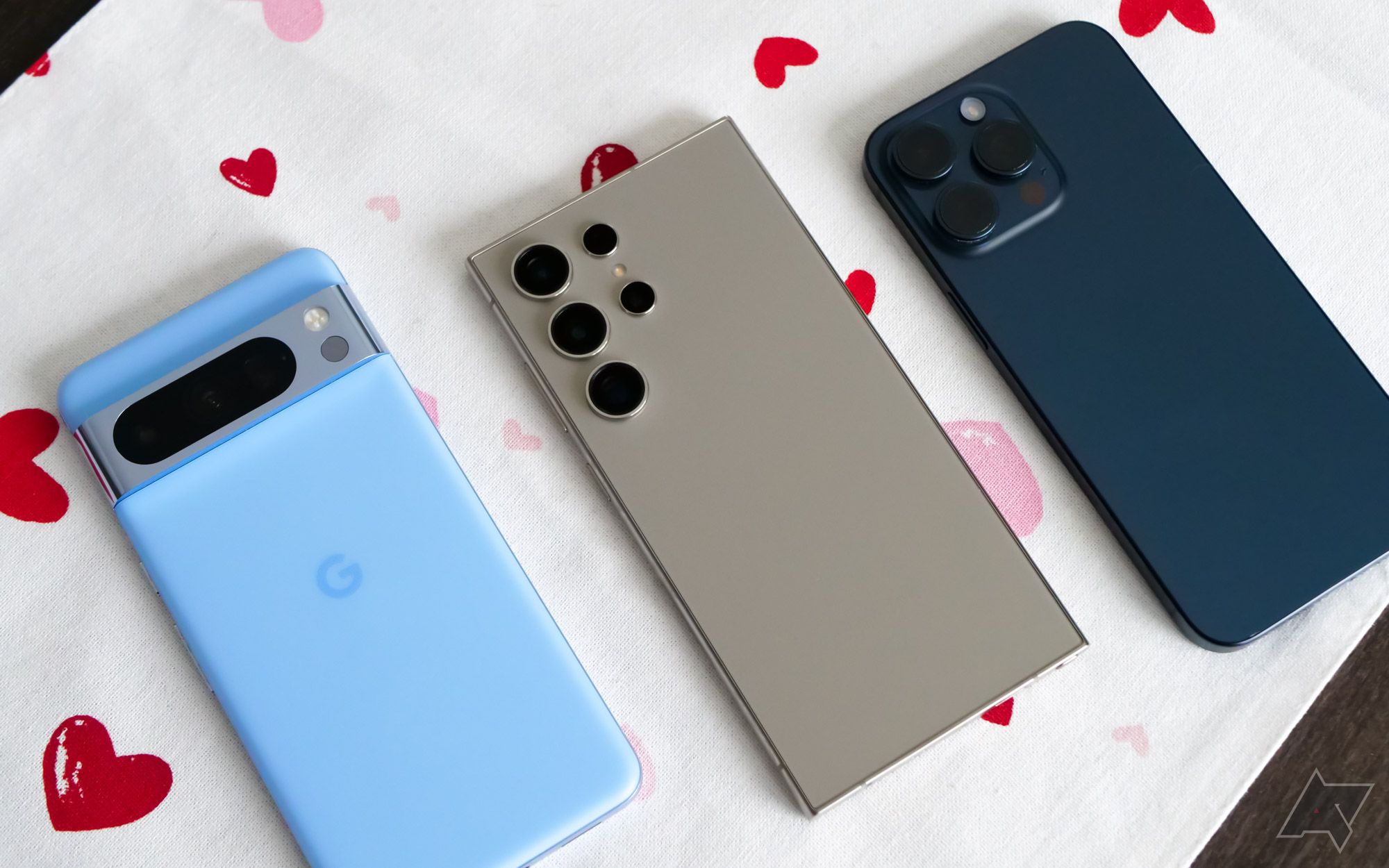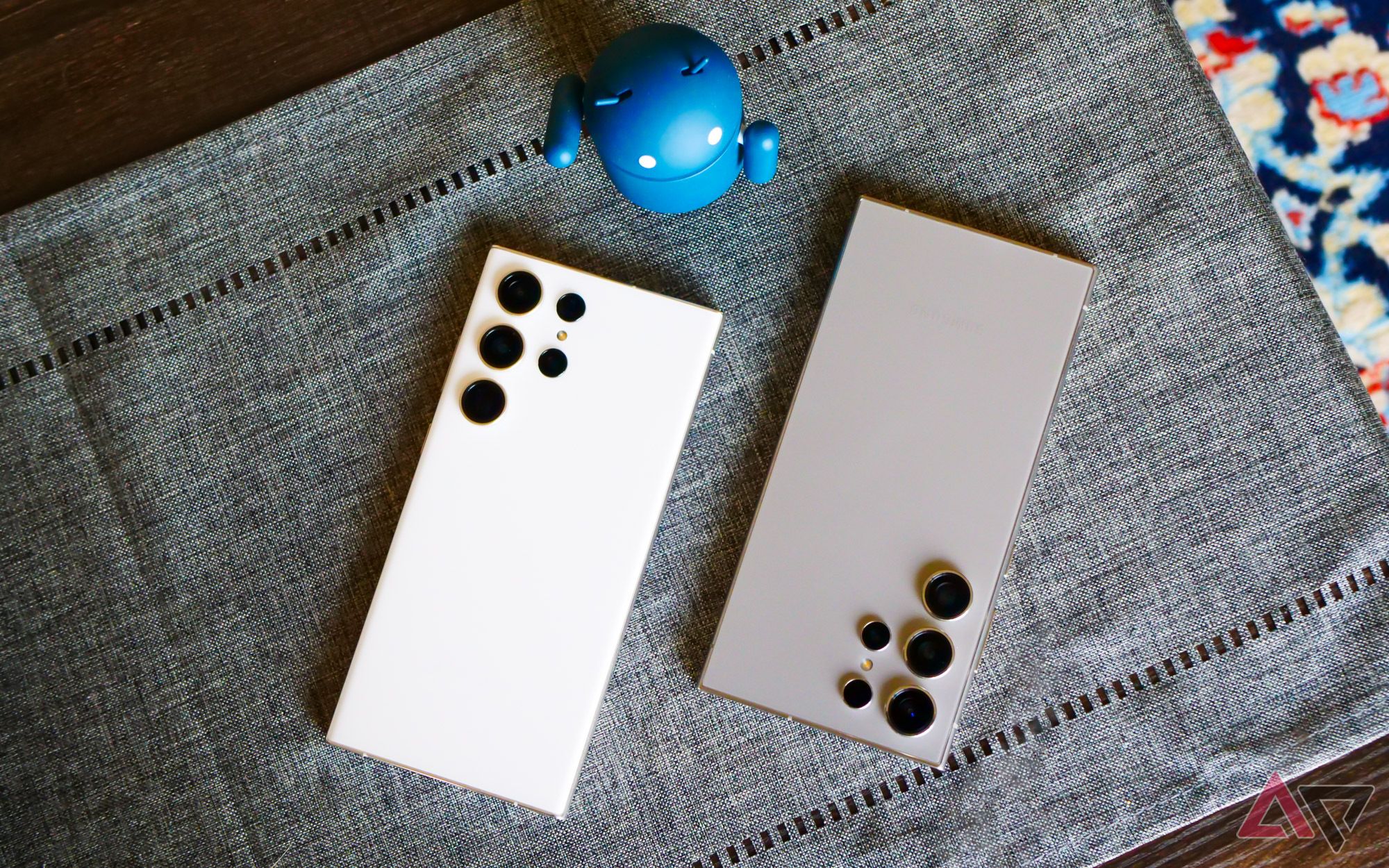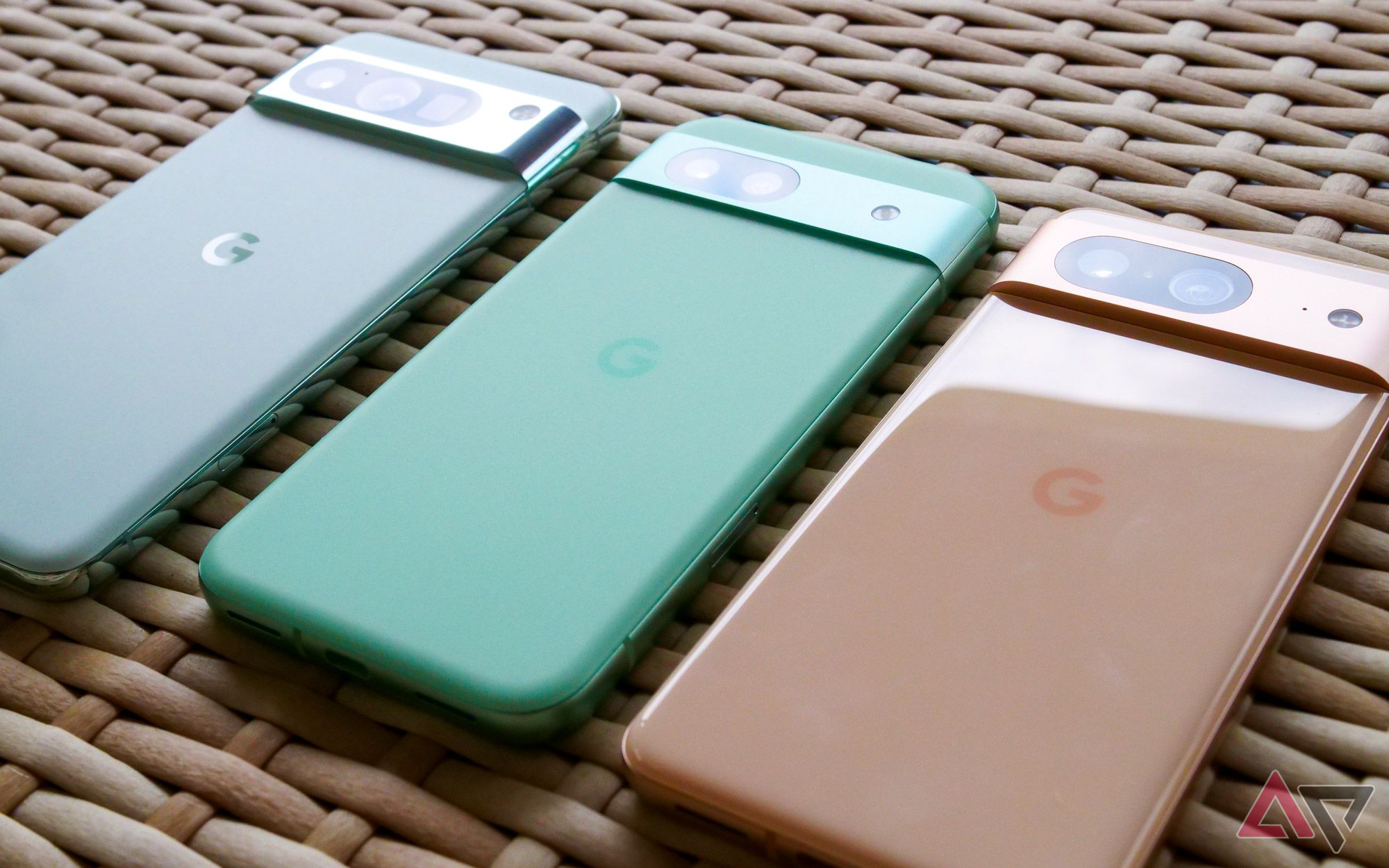Phones have undergone a massive transformation over the last decade, shifting from devices that would cost a few hundred dollars as part of a carrier contract to becoming premium luxuries with four-digit price tags usually spread out over three years. Along the way, manufacturers have made numerous changes to their best phones to make that price point feel more justified. Gone are plastic constructions and mediocre displays, which have been swapped in favor of materials like stainless steel and glass. But are those materials really premium, or just a tool for manufacturers to justify charging more for flagship phones?
The thing to consider is whether the so-called “premium” materials create a premium experience. If having a phone made of stainless steel and glass makes it a worse phone, that compromise isn’t worth it. You can have a fancy watch made of glass or stainless, diamond or sapphire — but it’s still going to tell the time, remain durable, and sit nicely on your wrist. On the other hand, adding glass and stainless steel to flagship phones has made them heavier, less durable, and harder to keep looking sharp.
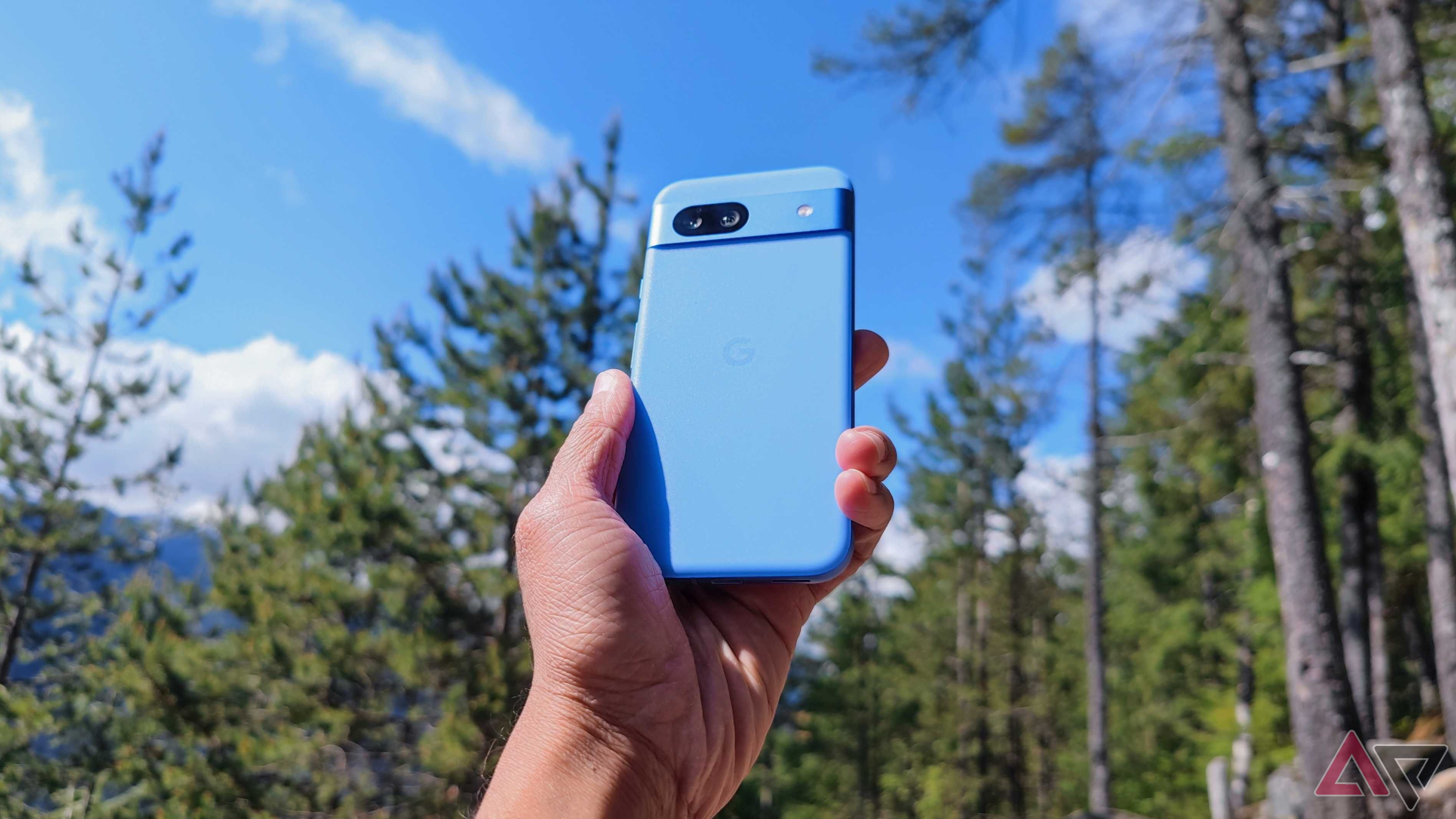
The Pixel 8a’s finish is what I want on every Pixel
It feels too good to go back to a Pixel device without the matte back
As a phone reviewer, I’ve used more devices over the last few years than most have in their lifetime. I’ve tested phones that cost more than the average monthly car payment, like the iPhone 15 Pro Max and the Pixel 8 Pro. I’ve also used budget phones and midrangers, like the Samsung Galaxy A15 5G and the Pixel 8a. Surprisingly, there’s always a feeling of dread when I return to using my daily-driver flagship. The difference lies in the materials, and it proves that every phone doesn’t need to be glass.
What is premium, anyway?
At some point, the industry decided glass and stainless steel was the standard
Before we unpack the benefits and drawbacks that come with commonly-used phone materials, we have to address this central question: what is premium? For six generations, Apple used stainless steel for the iPhone’s frame on its most expensive products. It was viewed as more premium, and eventually, Android phones followed suit. If a phone didn’t feature stainless steel, it often featured polished aluminum to exude the appearance of stainless steel. Back glass became the standard, too, no matter how much we loved plastic phones from the likes of Nokia, or the all-aluminum build of the original HTC One M7.
Consequently, increasing MSRPs and sales of smartphones would suggest these new materials are loved by consumers. However, that might not be the case. We don’t know exactly why a buyer purchases a new smartphone — and I’d reason that things like the display, camera, and overall performance are bigger factors than the material of the back.
Again, it comes down to whether a premium appearance or experience matters most. When phones were made of aluminum and plastic, I dropped them hundreds of times without noticing any damage. Now, adding glass to the back of the phone has given users one more thing that can break. One thing is for sure — there’s nothing premium about broken glass.
Every time I use a plastic phone, I’m amazed
I begrudge going back to my flagships after reviewing midrangers
I’ve reviewed a few plastic phones over the last few months, most recently the Pixel 8a. There are a few reasons I think the Pixel 8a is the best midranger we’ve ever seen, and the phone’s design is a huge factor. That’s right — the Pixel 8a’s plastic and aluminum construction isn’t a flaw, it’s a feature. The two main reasons I prefer plastic and aluminum phones to glass and stainless steel phones are weight and durability. The latter is quite easy to explain, because while plastic can surely crack, it is much more durable than glass. You always have to worry about cracking your phone’s screen, and having a glass back adds another thing to worry about.
But the bigger concern is weight, and it’ll be something you notice on an everyday basis. Glass is about seven times heavier than plastic at the same volume, so simply adding glass to the back of your phone will make it heavier. Aluminum is roughly a third of the weight of stainless steel. That means a phone with glass and stainless steel could be considerably heavier than one with plastic and aluminum. I don’t know about you, but I’d take a lighter and more durable phone over a heavier and more brittle one any day of the week.
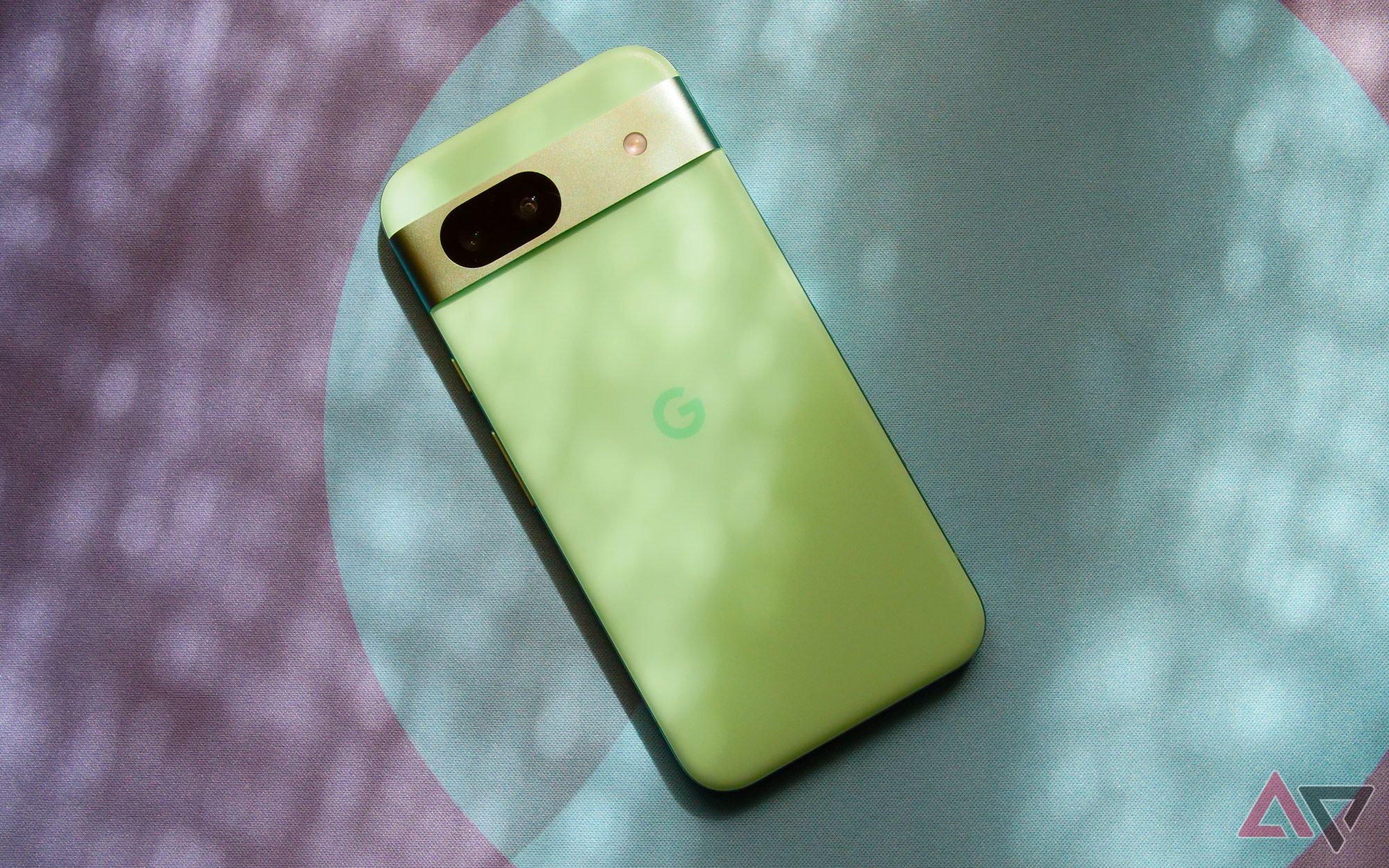
Google Pixel 8a review: A great phone that I’m not sure you should buy
Google’s hardware lineup is in a tricky spot, and the Pixel 8a only makes things more confusing
No, titanium isn’t the answer
It somewhat solves one problem, but creates new ones
If you’ve seen the iPhone 15 Pro or Galaxy S24 Ultra, you’re probably wondering: what about titanium? Unfortunately, while titanium is a step above stainless steel, it’s not better than aluminum. The case for using titanium in phones is simple: titanium has the same strength as steel but is about 45% lighter. However, titanium is still roughly two-thirds heavier than aluminum, which is likely why the iPhone 15 Pro and Pro Max are actually partially made out of the material. The outer rails are titanium, but part of the inner frame uses aluminum.
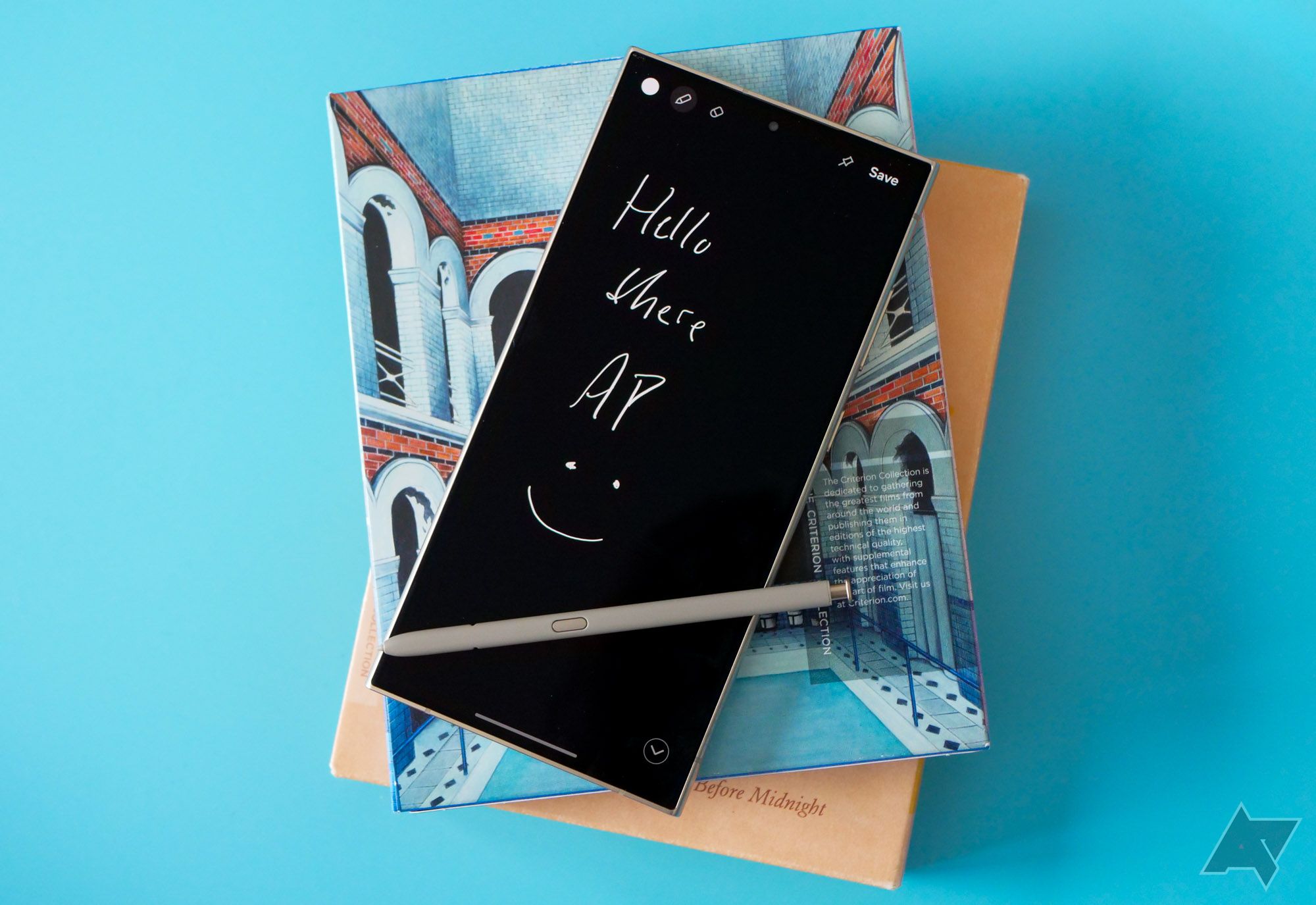
Samsung Galaxy S24 Ultra review: Still the best, unless you take photos
Without any meaningful changes, Samsung’s latest phablet feels like a do-over for last year’s smartphone
If the weight disparity between titanium and aluminum isn’t convincing enough, what if I told you that titanium phones could perform worse than aluminum ones? Hear me out. Aluminum has a thermal conductivity of 210 W/m-K, while titanium has a thermal conductivity of 17.0 W/m-K. If you aren’t an expert in metals, that’s completely fine. All you need to know is that materials with a higher W/m-K number are better at transferring heat. In the world of smartphones, a phone’s material should be conductive, so that heat can be dissipated outside the device. Titanium traps heat inside much more than aluminum does, meaning that titanium phones could thermal throttle easier than aluminum ones.
Flagships should return to plastic
Is a premium look or a premium experience more important?
There are plenty of reasons why I’ve justified paying more than $1,000 for a smartphone, but “premium” materials have never been one of them. Devices like the Pixel 8a prove that a phone can be made of plastic and aluminum and still feel premium. It’s time for smartphones to return to their roots — or, at the very least, to see a more broad selection of materials available. Because for as premium as steel and titanium might feel, when it comes to weight, durability, and thermal performance, there’s nothing better than the combination of plastic and aluminum.
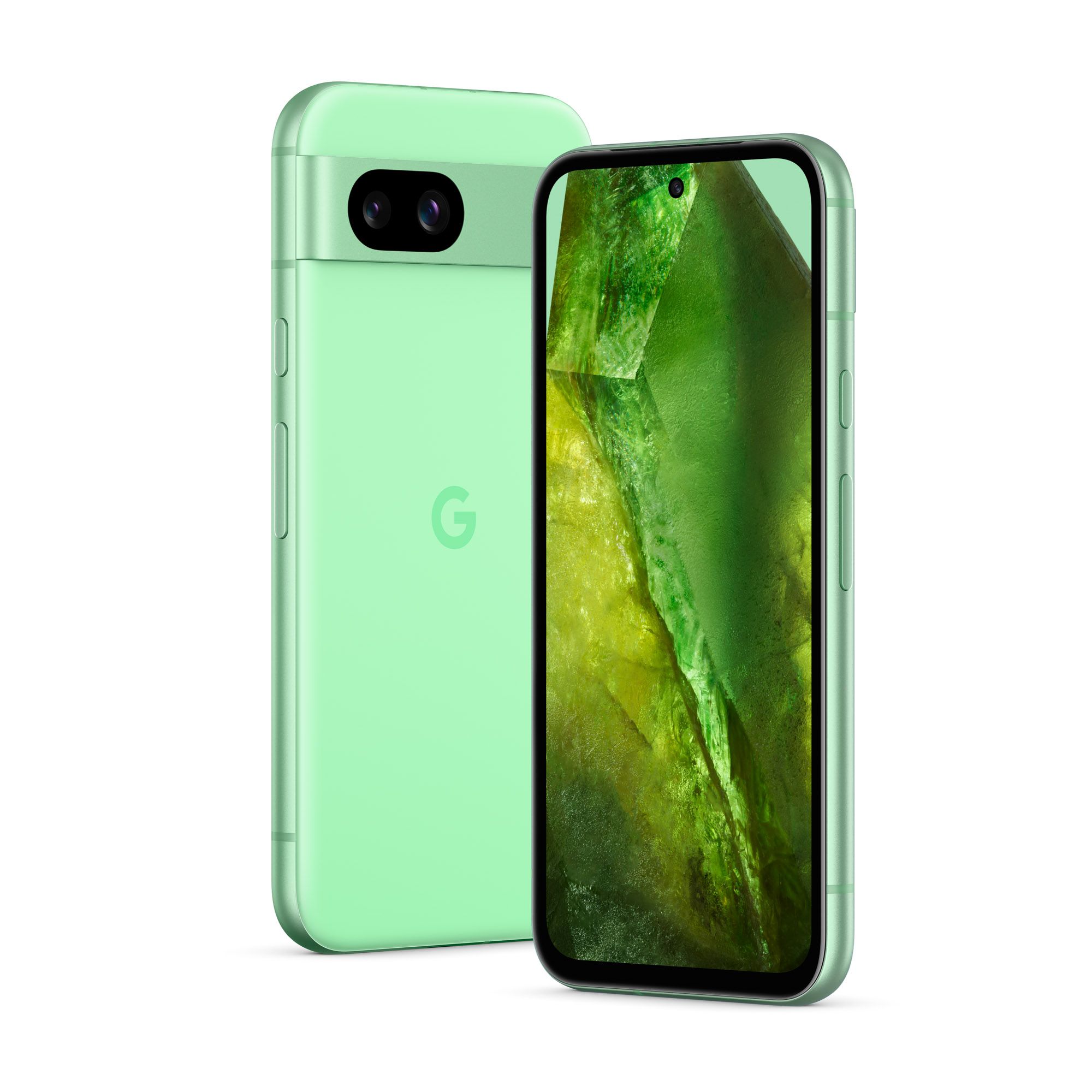
Google Pixel 8a
The Pixel 8a wants you to forget the Pixel 8 ever existed. With some crucial upgrades over its predecessor, including a brighter display, faster processor, and larger battery, Google’s latest mid-range smartphone is the perfect combo of speed and AI smarts. And with seven years of OS upgrades, it’s the longest lasting $500 smartphone you can find today.




